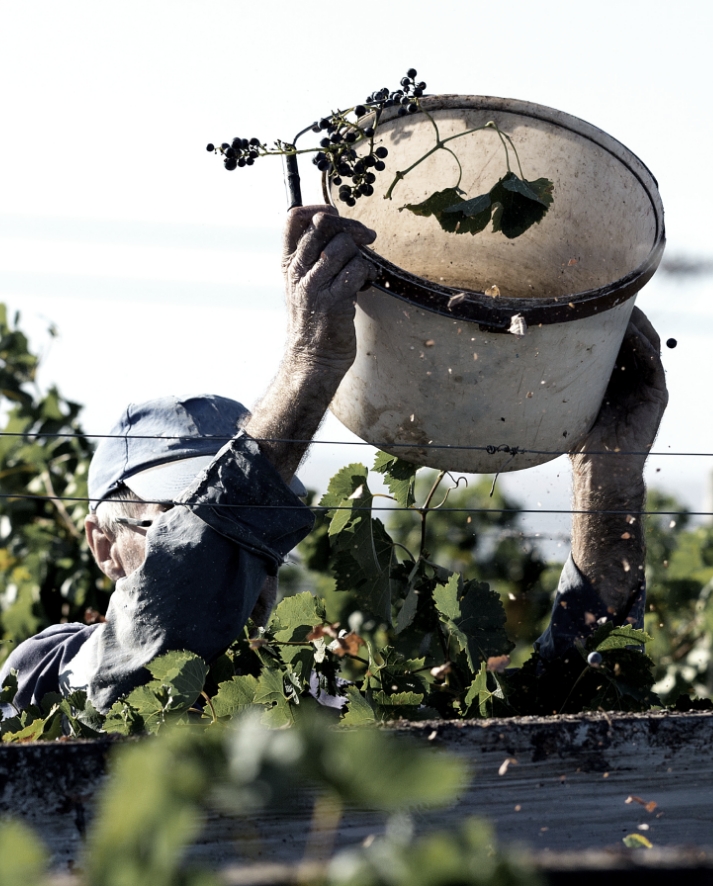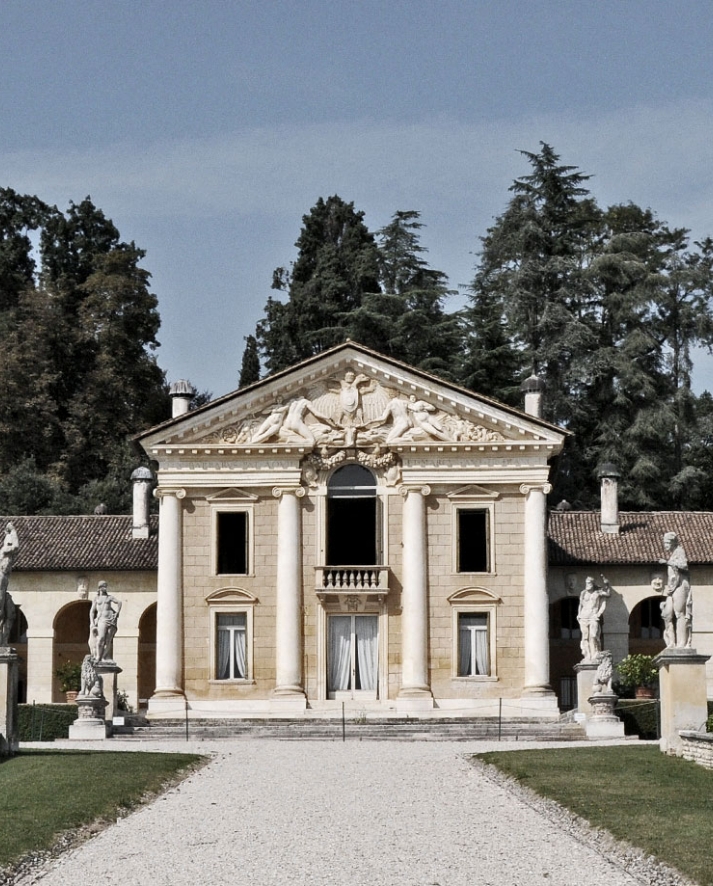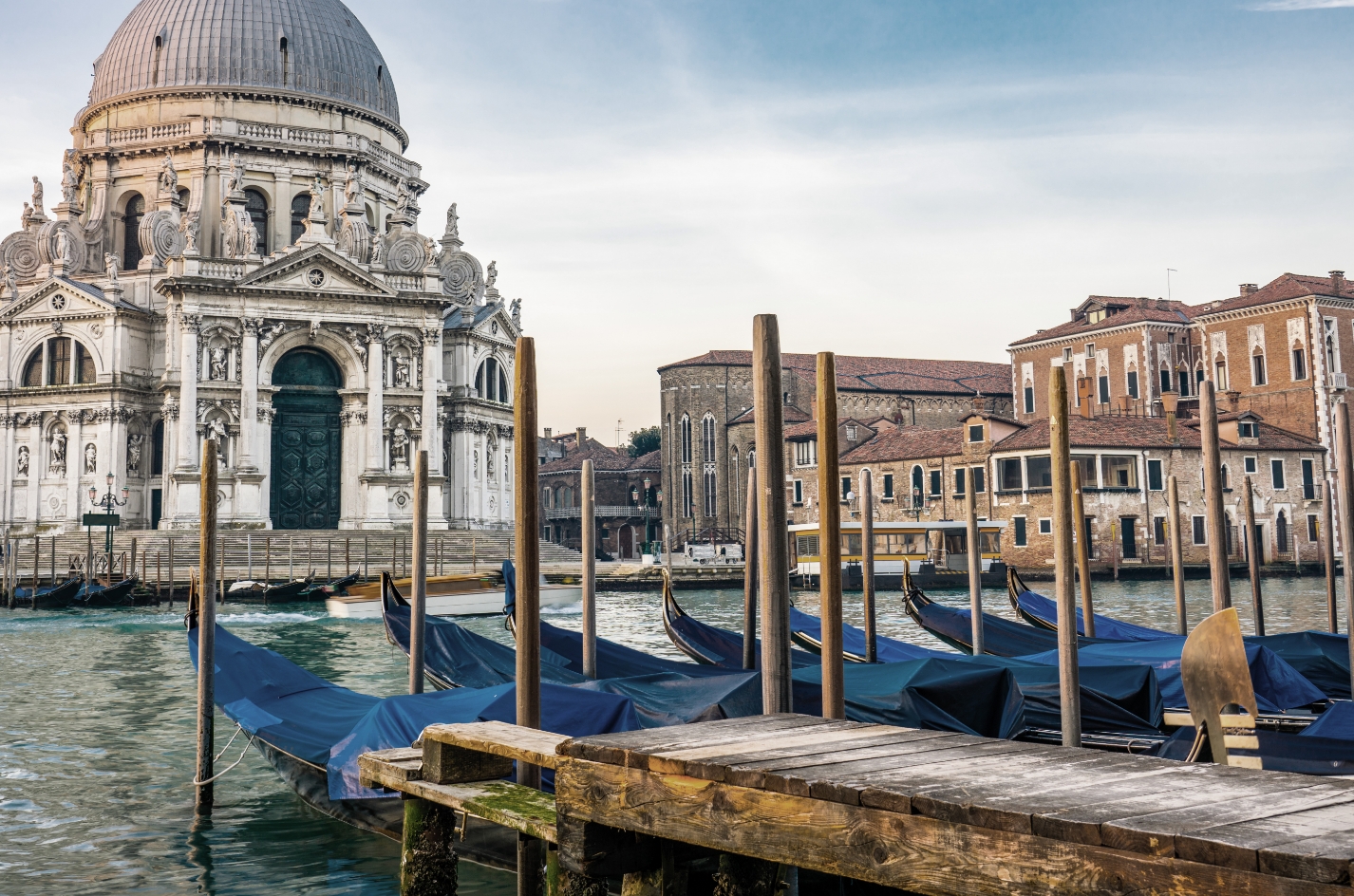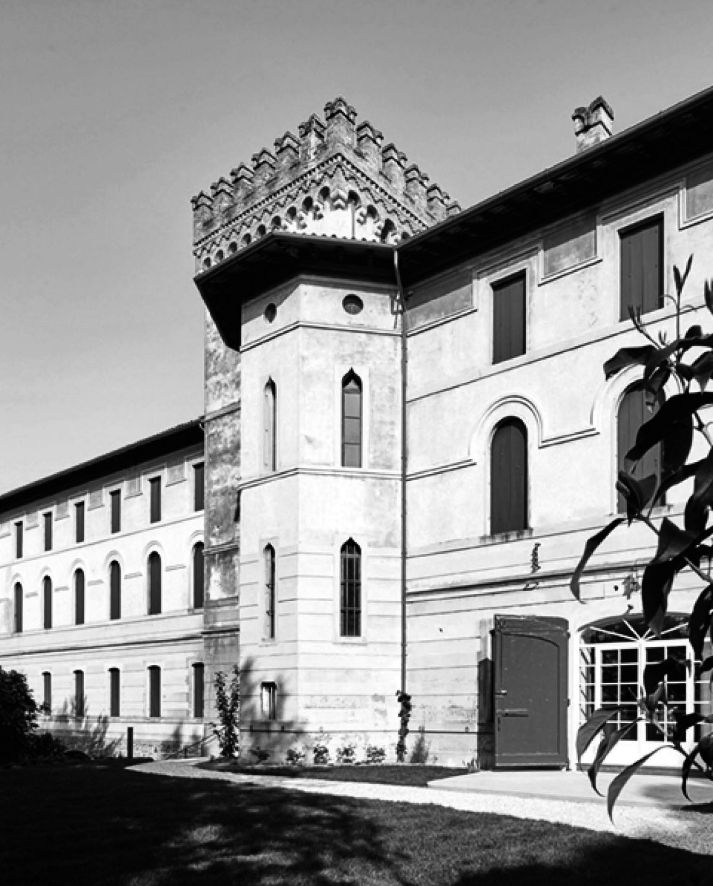
La Marca’s soul and strength are the eight owner cooperative wineries located throughout the Treviso region, from the plains to the enchantingly beautiful hills of Conegliano and Valdobbiadene, a World Heritage Site since 2019. In its entirety, this region encompasses the denominations Prosecco DOC, Conegliano Valdobbiadene DOCG, Delle Venezie DOC and Piave DOC.
A consolidated heritage, preserved and nurtured every day with passion and commitment.
La Marca’s soul and strength are the eight owner cooperative wineries located throughout the Treviso region, from the plains to the enchantingly beautiful hills of Conegliano and Valdobbiadene, a World Heritage Site since 2019. In its entirety, this region encompasses the denominations Prosecco DOC, Conegliano Valdobbiadene DOCG, Delle Venezie DOC and Piave DOC.
A consolidated heritage, preserved and nurtured every day with passion and commitment.



In the Marca Trevigiana, with its gemlike cities, guardians of artistic and architectural excellence, from the capital Treviso, a pearl of elegant femininity, proceeding to Asolo, Conegliano, Oderzo and on to Vittorio Veneto and Valdobbiadene with their exquisite natural tapestry of vineyards, the landscape is transformed into poetry and leads our thoughts to the “joy of living.” Known as the “Garden of Venice,” the Marca Trevigiana is the birthplace of artists such as Canova and Giorgione, who found their muse in this landscape, exploring its harmonious forms and the relationship with humanity.



In the Marca Trevigiana, with its gemlike cities, guardians of artistic and architectural excellence, from the capital Treviso, a pearl of elegant femininity, proceeding to Asolo, Conegliano, Oderzo and on to Vittorio Veneto and Valdobbiadene with their exquisite natural tapestry of vineyards, the landscape is transformed into poetry and leads our thoughts to the “joy of living.” Known as the “Garden of Venice,” the Marca Trevigiana is the birthplace of artists such as Canova and Giorgione, who found their muse in this landscape, exploring its harmonious forms and the relationship with humanity.








The 18th-century Lucheschi Castle* in Colle Umberto, now La Marca headquarters, stands where the agricultural outbuildings of an age-old Benedictine monastery were once originally located. The refined architecture and stucco decorations with gilding that adorned the rooms were celebrated for many years. It came down through the centuries with various expansions including cellars, stables, and barns, until the 20th century, when it became the headquarters of the Austro-Hungarian command during the Great War and was seriously damaged. Later restored, it was once again a victim of World War II in 1945.
*Castle Lucheschi may be visited by invitation only.
The 18th-century Lucheschi Castle* in Colle Umberto, now La Marca headquarters, stands where the agricultural outbuildings of an age-old Benedictine monastery were once originally located. The refined architecture and stucco decorations with gilding that adorned the rooms were celebrated for many years. It came down through the centuries with various expansions including cellars, stables, and barns, until the 20th century, when it became the headquarters of the Austro-Hungarian command during the Great War and was seriously damaged. Later restored, it was once again a victim of World War II in 1945.
*Castle Lucheschi may be visited by invitation only.
















































































